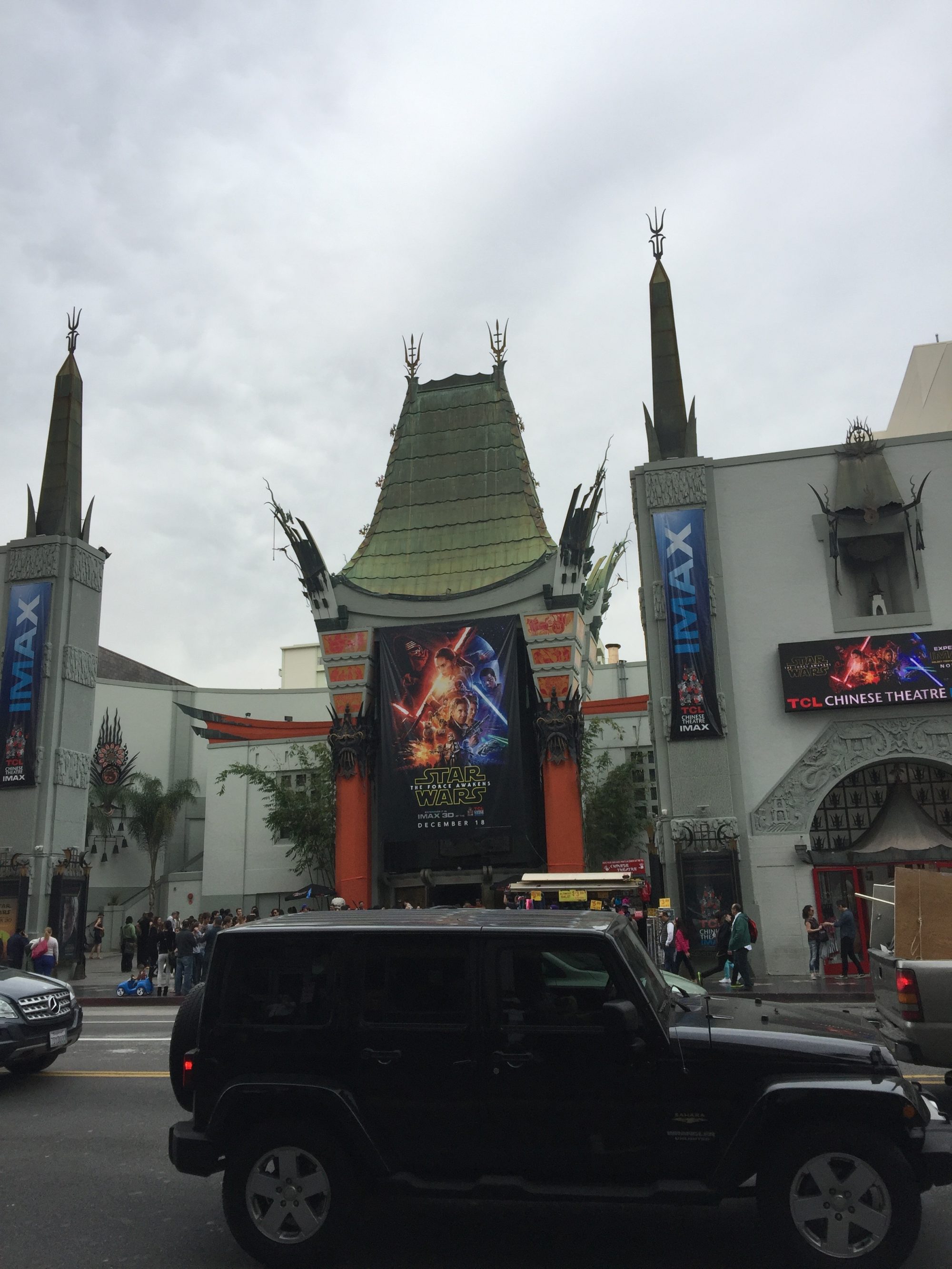Digital Archive Assignment
This is a group project. In a group of 4, students will choose a topic or a collection of objects, such as phones, laptops, tablets computers, books, typewriters, any physical media or new media, to archive using digital tools. As a group, you will construct a digital archive of chosen objects with your group in a website created in WordPress or any other platforms of their choice. You can pick a collection of objects from the Media Archaeology Lab. Examples range from traditional visual archives such as the Rossetti Archive <http://www.rossettiarchive.org/index.html>, which examines manuscripts, to media archaeological archives like the cuneiform project, which compares new media to ancient technology, to the e-lit archives which house entirely born digital content. As a group, you will consider whether it is better to photograph or video your collection of objects, how to do so, and how to describe them. The final product will be a webpage that contains a combination of visual and written documentation that digitally archives the object/s. Your webpage will also provide contextual and historical details about your collection of objects. Topics to consider addressing in the written portion include:
- What is the history of this collection of objects?
- What is the physical experience of interacting with it?
- What type of social/political implications does this collection of objects have?
- If you were choosing to display this collection of objects how would you? Would you have other objects nearby? Would you put it in another place in MAL? Why?
- What is the difficulty in representing an object in the online/through words?
- What are the possibilities (and perhaps failures) this collection of object presents?
- How does this compare to similar objects (today and in the past)?
The basic requirements an archive should address are:
- Background research information on each object you have in the collection (manufacturer, dates etc)
- Size/dimensions
- Documented experience with the object
- Understanding of where this object is in the history of media
- Visualization
The minimum word count is 10,000 words. I expect students to do above the basic requirements and engage with some of the above questions. Discuss these in your groups. Think about how you want to present this information on a webpage (we will workshop this as well). Imagine how your viewers will understand the difficulties of learning to turn something on or off if it is older for example- how will you represent that?
Each website should have sections or pages on the following:
- Introduction – This page should introduce site visitors to the main project you are working on. Length: 250 words
- Information: You should have a space in which you provide images and basic information (metadata) to help orient your reader about your objects. Example include size, weight, approximate price, programs available, configuration, date of creation, secondary literature available on it. Accompanying this include photos which support the evidence you have gathered.
- History: Give a brief history of your collection of objects. The length may vary depending on the age and complications within the history itself. Make sure to cite secondary sources. Length: minimum 1500 words, maximum 2000 words (approximately)
- Concepts: Have sections or pages dedicated to discussing and critically engaging with concepts or theories. You can use the concepts from our book: No Nonsense Guide to Born-Digital Content. Each group should have discussion of 5-7 relevant main concepts. Each concept should be approximately 500-700 words. Try to have 2 concepts per group member (although you can collaborate on this).
- Mission Statement, Collection Policies, and Principles of Acquisition: Your archive should articulate these clearly and precisely. Please read the assigned chapters in the book for ideas on how to draft them.
- Reflection: I want students to keep track of their progress on this assignment. Reflection should include the following:
(A) First impressions- what are your initial reactions to the collection of objects and the assignment?
(B) Difficulties encountered- what difficulties are there in describing or working with your collection of objects? What difficulties are you having with learning about your collection of objects?
(C) Information-How are you searching for information on your collection of object?What difficulties or successes are you having?
(D) Website creation- How are you planning on using visual rhetoric? What are some of the problems with your website? How are you allocating work?
